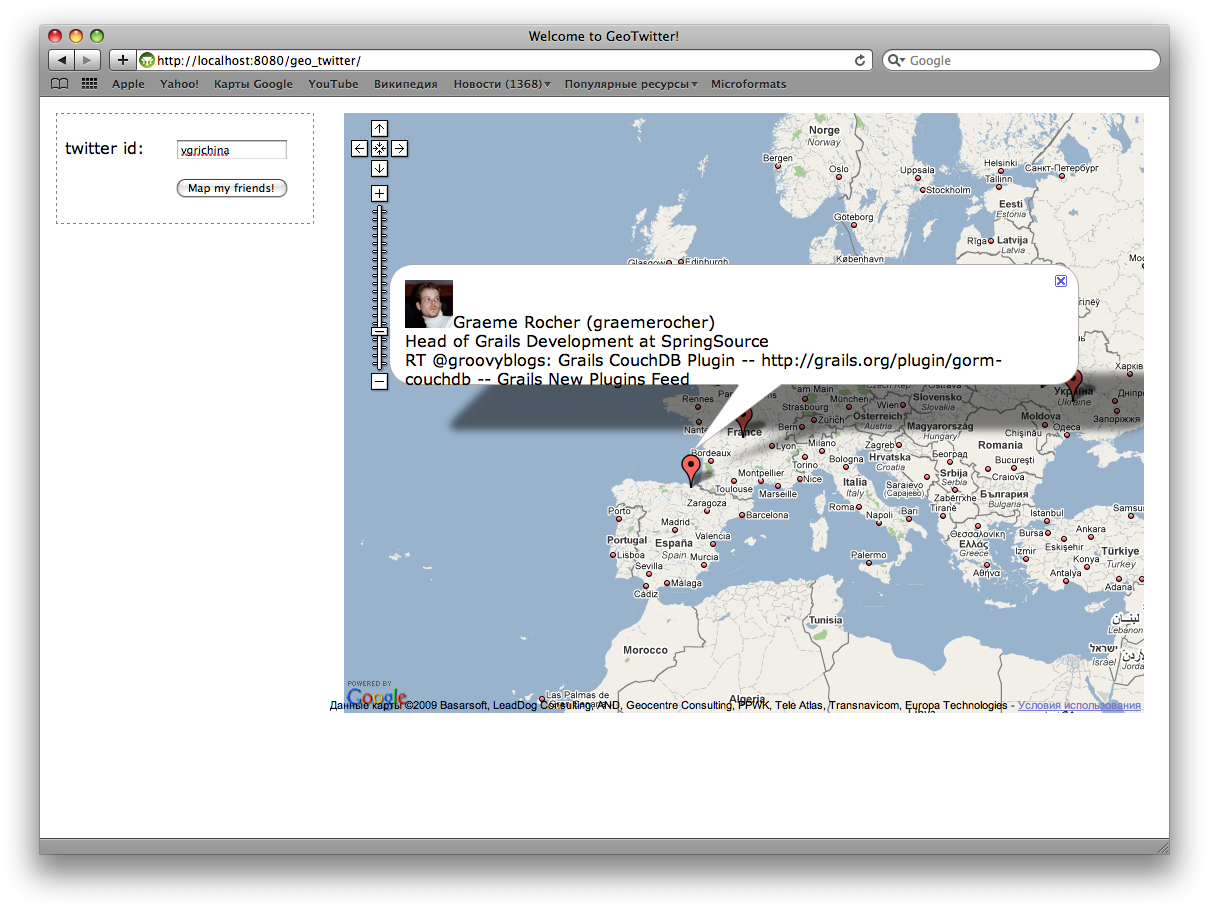Overview
libxmljs-easy is a Node.js module which simplifies XML traversing, similar to E4X.
Installation
npm install libxmljs-easy
Usage
Use module
var easy = require("libxmljs-easy");
Parse XML
var xml = easy.parse('<books><book name="Lord of the Rings">' +
'<author name="J. R. R. Tolkien" />' +
'<language>English</language>' +
'</book></books>');
Select elements from collections explicitly
assert.equal(xml.book[0].$name, "Lord of the Rings");
assert.equal(xml.book[0].author[0].$name, "J. R. R. Tolkien");
Use shorthands (works well for case when there is single child element with given name)
assert.equal(xml.book.$name, "Lord of the Rings");
assert.equal(xml.book.author.$name, "J. R. R. Tolkien");
Basically the idea is that you construct a path from tag names, which can optionally end with attribute name prefixed with “$”.
When index is ommited – the array of elements is matched. When attribute is accessed on such array, its value is concatenated string of attribute values for each of elements in the array.
There is also original DOM element available as “$” property
of individual converted elements.
assert.equal(xml.book.language[0].$.text(), "English");
Further info

